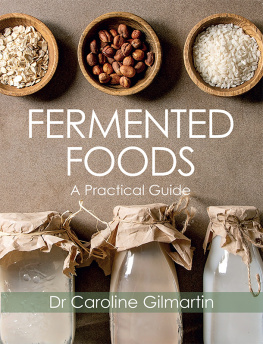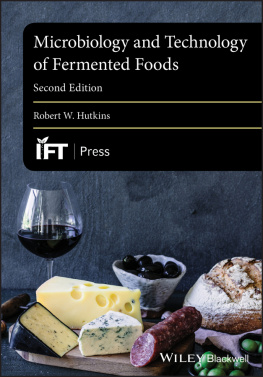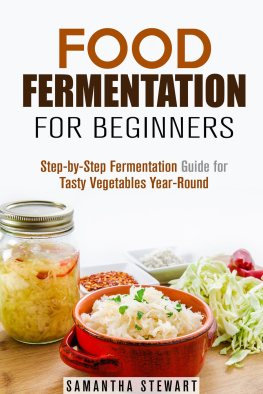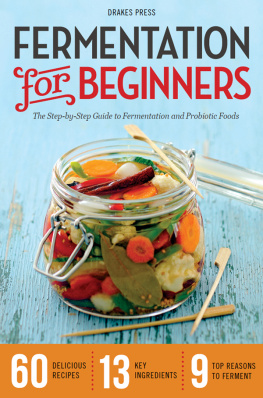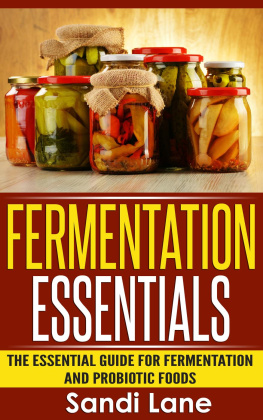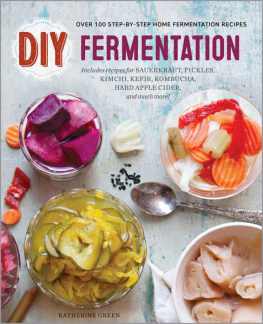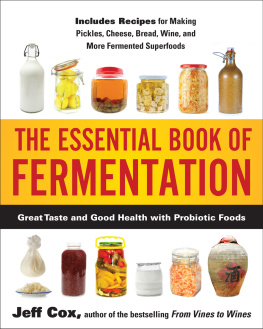Page List
FERMENTED
FOODS
A Practical Guide
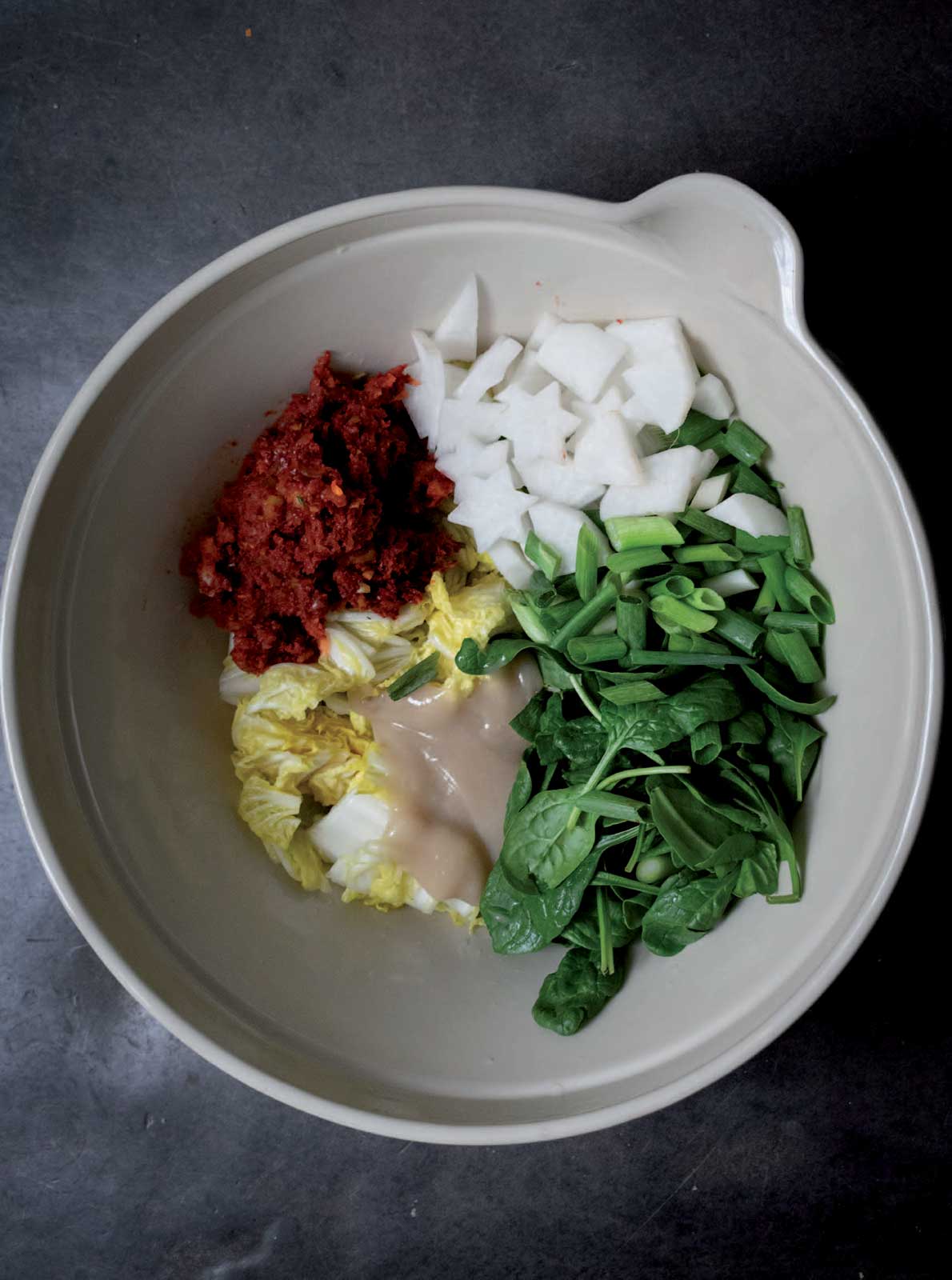
FERMENTED
FOODS
A Practical Guide
Dr Caroline Gilmartin

First published in 2020
by The Crowood Press Ltd
Ramsbury, Marlborough
Wiltshire SN8 2HR
www.crowood.com
This e-book first published in 2020
Dr Caroline Gilmartin 2020
All rights reserved. This e-book is copyright material and must not be copied, reproduced, transferred, distributed, leased, licensed or publicly performed or used in any way except as specifically permitted in writing by the publishers, as allowed under the terms and conditions under which it was purchased or as strictly permitted by applicable copyright law. Any unauthorised distribution or use of this text may be a direct infringement of the authors and publishers rights, and those responsible may be liable in law accordingly.
British Library Cataloguing-in-Publication Data
A catalogue record for this book is available from the British Library.
ISBN 978 1 78500 758 3
PREFACE
As a human it is tough to come to terms with the fact that we arent nearly as important as we think we are. We have always looked at the evolution from simple unicellular organism to complex multicellular being as progress; but what if its just bigger, not better?
The nineteenth-century microbiologist Louis Pasteur was on the right track, when he said, Cest les microbes qui auront le dernier mot (the microbes will have the last word). From the first sighting of tiny animalcules by Antonie Van Leeuwenhoek in the 1680s, it has taken us 300 years to learn how to study them by examining their genetic code. We now know that microbes not only occupy every domain on earth, from the top of Everest to the bottom of the Mariana trench, but that there are probably billions of different species. So far, we have identified just a few thousand. We also know that our lives and theirs are closely, symbiotically intertwined we are covered in them from head to toe and we have a trillion inside each of our gut microbiota.
And before we even knew of their existence, as far back as the Neolithic era, humans were unwittingly benefiting from microbial activity, as the first fermented drinks and foods were created. Fast forward several thousand years and, despite the seemingly endless development of convenience and ultra-processed foods, the tradition of consuming fermented drinks and foods still endures in many cultures, as an integral part of everyday life. Perhaps it is possible to combine progress with the past, by making some of our own food, enjoying the process and appreciating the results.
This book will explore two different mechanisms: cultured fermentation and wild fermentation. In cultured fermentation, the process is carried out by tangible sources of bacteria and yeast, such as kefir grains, yoghurt starters and kombucha SCOBYs (symbiotic cultures of bacteria and yeasts). Wild fermentation involves nothing more than the naturally occurring microbes on fruit and vegetables, using certain techniques to promote the growth of those that are most helpful to us. To put the use of the mechanisms into context, it will also examine current knowledge about both the gut microbiota and fermentation principles. Although this is not a recipe book as such, some recipes will be followed to show how the methods may be put into action. Then it will be up to you.
ACKNOWLEDGEMENTS
It is not every day that someone is asked to write down everything they know about their favourite subject, but this is what happened to me. It has been an honour, a privilege and at times a nightmare, and it could not have been achieved without the help and support of a lot of people. As this is a method book I shall start with my parents for having me in the first place, and my husband and children for being perfect. I must then thank Xanthe Clay for kicking me into action one day a few years ago when she insisted that I knew enough to do a fermentation demo, and Katie Venner, who kindly put my name forward as a potential author. A whole host of the UKs growing band of fermenters shared their ideas, and gave me help and encouragement, most notably Rose Whitehouse, Alana at Fermented by LAB, Katie Venner, Jo Webster, Tara Clist, Lisa Cadd and Beth Osbourne.
I have to mention all my workshoppers who have attended Kefir School, Kimchi College and Kombucha Class, because I have learned so much by teaching this subject to such interested and inquisitive people. EveryGoodThings Instagram and Facebook friends everywhere deserve a mention too.
Thanks to Markas Gilmartin and Nicola Armstrong for making sure the chemical/nutritional bits were right, and the two Joannas House and Webster for helping me to get all the information I needed.

